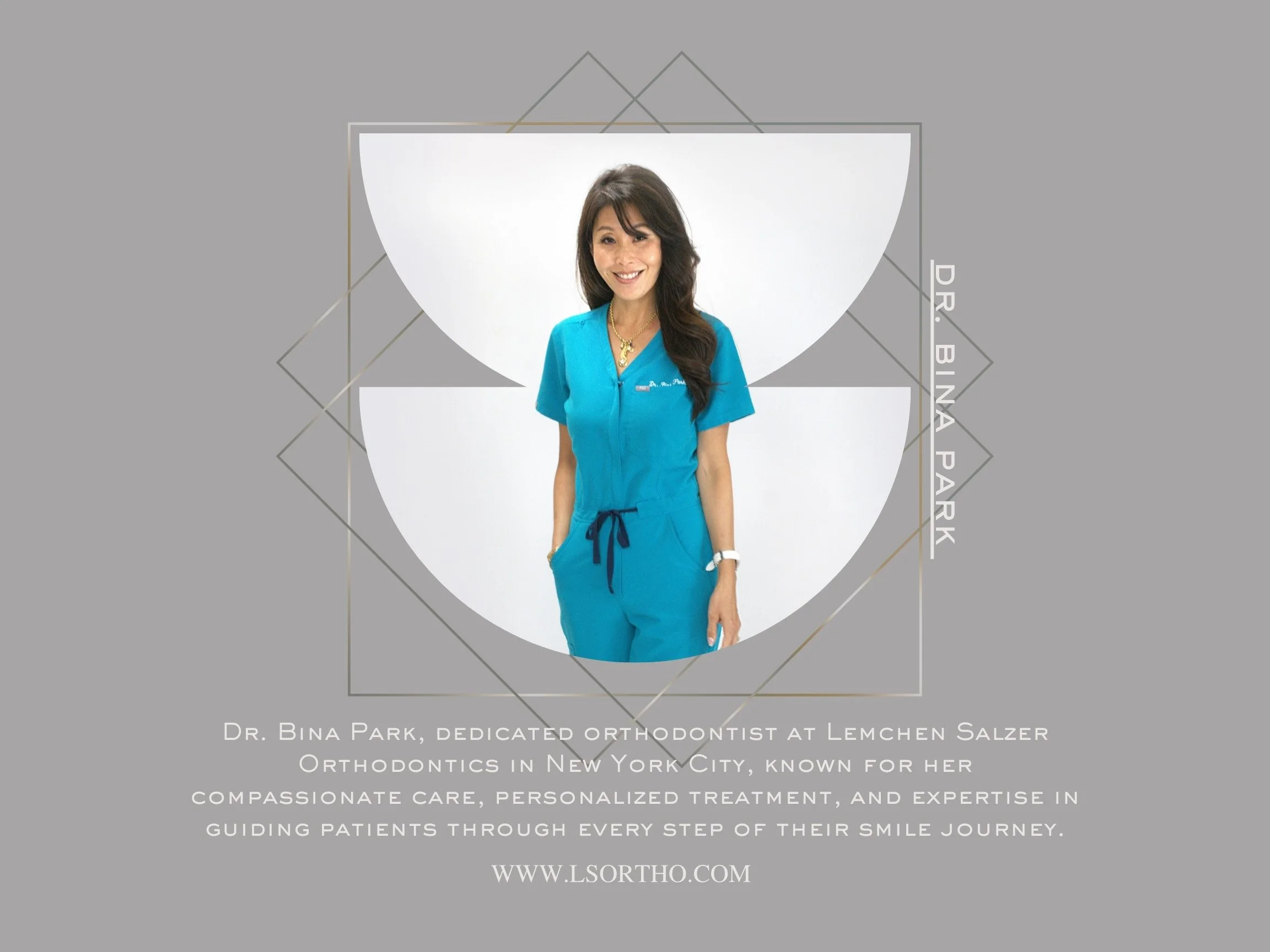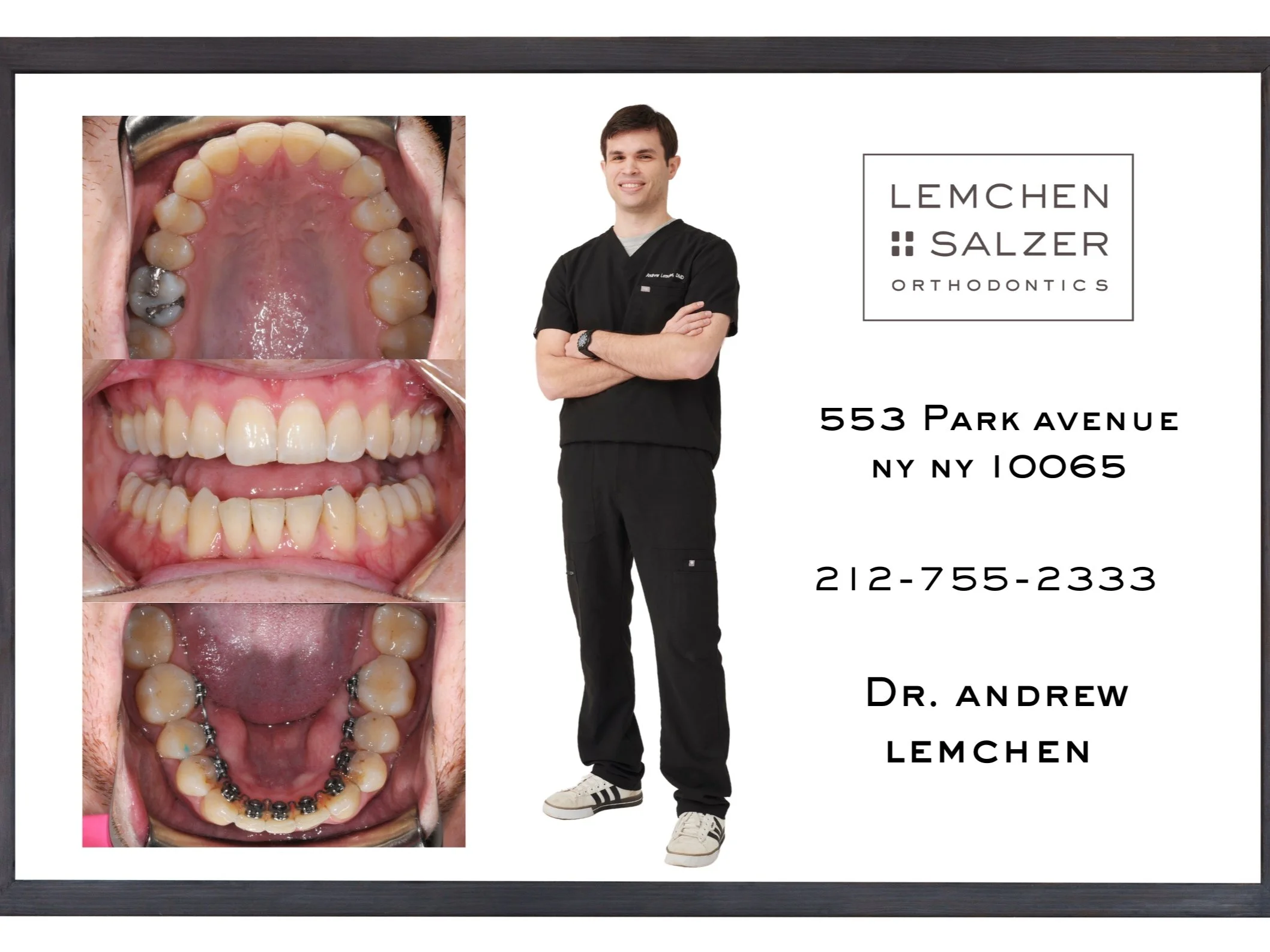LIFE WITH BRACES
Braces treatment has the potential to be lifechanging—in more ways than one. Before we start treatment, we want our New York City braces patients to know exactly what they are getting into. Now, we don’t want that to sound intimidating, but the truth is that wearing braces means living with a lot of changes while you are in treatment. Ultimately, those changes are worth it, but the experience goes smoother if you come into it prepared.
How big are these changes you should be expecting? At first, they will feel very big, but as you adjust, they become part of your routine, and you might even struggle to break the habits and go back to normal once your braces are removed. To help, let’s take a look at the changes you can anticipate.
Changing Your Diet to Accommodate Braces
Being on a diet is never fun, but with braces, it isn’t that hard. Rather than avoiding foods based on things like calories and carbs, you are avoiding items that can damage your braces. Luckily, this leaves a lot of options on the table.
The most restrictive time is right after your braces are placed. This is because your teeth will be sensitive to bite pressure right after the braces are on. This lasts for about 5 days and during this time you should only eat items easily mashed with a fork. Pancakes, oatmeal, bananas, egg, soups, yogurt, cooked vegetables, applesauce, mashed potatoes, mac & cheese, and soft ice cream are some options you have during this time.
After your teeth are not so sensitive, you have more options. Just be certain to avoid the following:
Sticky Foods – caramel, tootsie rolls, toffee, Swedish Fish
Hard Foods – apples, carrots and other raw vegetables
Crunchy Foods – popcorn, chips
Tough Foods – bagels, corn on the cob, sandwiches, steak, ribs
If you are craving a problem food, you might be able to find a way around it. For example, you can eat corn off the cob and veggies can be steamed to be softer. However, be certain not to take any risks or it can compromise the results of your treatment.
General Soreness in the Mouth
As noted above, things are sensitive after your braces are placed. Your teeth are sensitive to biting pressure and the soft tissues of the mouth must adjust to the abrasiveness of the metal of braces. You can reduce this soreness and irritation by using a salt-water rinse and using over-the-counter pain medications. Braces should never cause enough pain to necessitate prescription pain medication. Dental wax can also be used over problematic areas on your braces to reduce tissue irritation.
Loose Teeth During Treatment
Most of the items on our list are well-known struggles for patients with braces in New York City and around the world. However, this one does not get as much attention. As such, when patients experience loose teeth, they tend to panic. Don’t panic.
Your teeth must loosen up in order to move the root and get them into the final position. While having loose teeth can be unsettling once you have your permanent teeth, understand that it is temporary. Once treatment is complete, your teeth will firm up in their ideal place and all will be well.
Parts of the Appliance Breaking or Coming Loose
Even if you take excellent care of your braces, things will go wrong. Between eating, brushing, flossing, and talking, plus doing their job, braces are under a lot of physical strain. At some point, a wire will become loose or a bracket will come off. This is okay. With wires, try to use a clean pencil eraser to push it back into place. For items that come off, save them and bring them to the office. In all cases, call us ASAP and schedule a visit.
A New Approach to Dental Hygiene
With braces, a lot changes. Among the things that will change are how you brush and floss your teeth. Let’s take a look at how your habits will change.
If you are already using proper brushing techniques—45-degree angle, two minutes minimum, reaching all surfaces—you won’t change much. The main difference is that you need to use a soft-bristled brush in order to avoid damaging your appliance. If you are a rough brusher, you will need to let up on the pressure you apply as well. Beyond that, it stays pretty normal.
Flossing is a bit harder with braces. The archwires prevent you from simply starting at the bottom of your tooth and working your way up. Instead, you floss at the bottoms, then you thread the floss through your archwire and floss all the way up to the gumline along the edge of the tooth. If you struggle doing this, you can use a tool called a floss threader to get it done.
If you are ever unsure about anything related to your care, simply give us a call. We are always happy to answer your questions.











